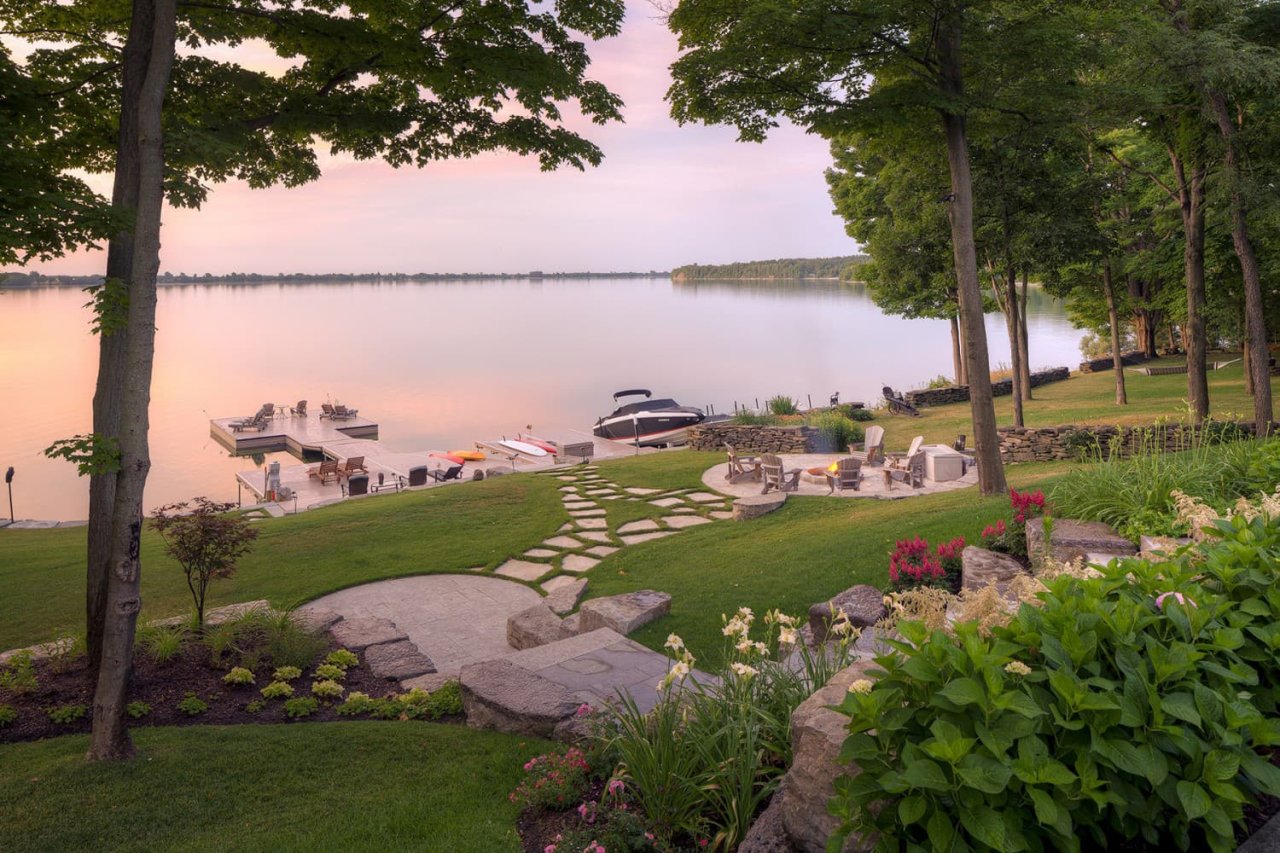Blog
Severe Water Damage Caused by High Water Levels: Top 3 Things You Can Do About It

“According to the International Lake Ontario – St. Lawrence River Board, Lake Ontario peaked at an elevation of 75.88 [metres] on May 29th,” said Paul McCoy, Planning and Regulations Manager for Quinte Conservation. “This is the highest level that Lake Ontario has reached since 1918 (this is when record keeping of lake levels began). This year’s high water surpassed the 1:100 year flood elevation [75.80 metres] for Lake Ontario” (personal communication, November 3, 2017).
Provincially and even within your own municipality, setbacks for development are based on the 1:100-year flood plain elevation. In our general area, it has been the large river systems (Moira River, Napanee River, Salmon River) that typically experience routine flooding not Lake Ontario/Bay of Quinte, so the high levels on the Lake this summer took most people by surprise. Another surprising factor for most waterfront owners was the timeline. Again, in a river system, flood waters will come and go in a week or two, but when Lake Ontario floods, it will be months before waterfront owners start to see a decline.
Shoreline damage is a nuisance but it is not irreparable. Here are three steps you can take towards fixing or preventing any damage.
- Reach out to an expert
Contacting an expert is a great first step. Not only can they advise you on how best to prevent erosion and address it once it has begun, but they can guide you through the tedious task of getting the right permits and adhering to the regulations.
- Work to develop a plan
Once you’ve contacted an expert for advice you can start developing a plan that suits your property, budget, and style. This could mean simply addressing the problem area or working with a shoreline restoration expert and designer to develop an outdoor living space you and your family can use safely, forever. There are several types of shoreline restoration methods, both natural and structural. Each has its own style and offers its own set of benefits. Some restoration methods include using materials such as riprap, boulders, armour stone, and naturalized plantings.
- Make yourself aware of time constraints
Depending on the type of restoration required there is Ministry blackout periods to be aware of that may impact the timing of your repair. The best thing to do is to call a shoreline restoration expert in the landscaping “low-season” (fall/winter), so come springtime all the plans are set and ready to be executed.
Posted: November 14th, 2017
View More Posts